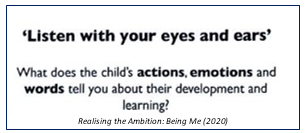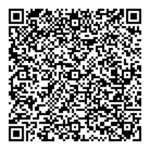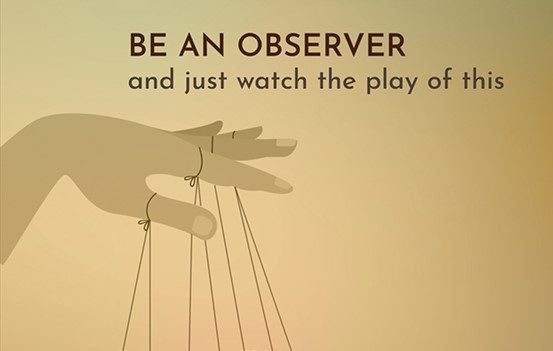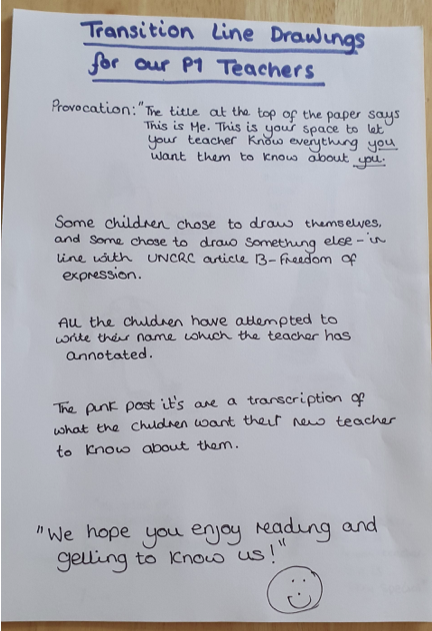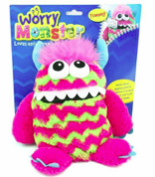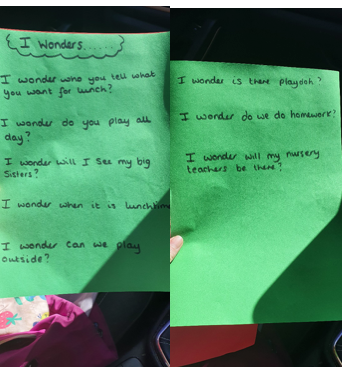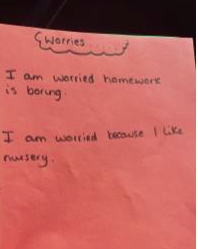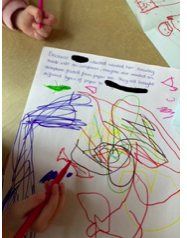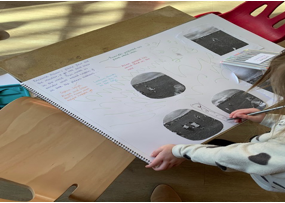In the early years profession in Scotland, we are fully aware of the importance of Getting it Right for Every Child (Scottish Government, 2022) and the values and principles underpinning this. Within my role as Home Visiting Teacher I am very proud of the supports we have available to children and families across East Ayrshire and the way in which multiagency working is at the heart of this, and continually progressing.
This was highlighted at a recent training event, where I was delighted to collaborate with colleagues from health and social care to explore, enhance and share our knowledge around infant participation. It was exhilarating to hear about the Lundy model of participation (2007) from Laura Lundy herself; where she expressed her personal high regard in relation to Scottish Education. Her model, detailed in a 2007 publication in the British Educational Journal, provides a way of conceptualising a child’s right to participation, as laid down in Article 12 of the UN Convention on the Rights of the Child, respect for the views of the child (1989). The Lundy model is based on four concepts; space, voice, influence and audience.
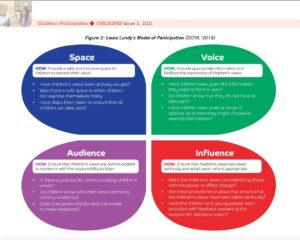
The Scottish Model of Participation (2023) clearly states that “All babies and young children have a right to meaningful participation, but as they may be preverbal, non-speaking or still developing language, practitioners will need to access innovative ways of facilitating this.” Voice of the Infant: best practice guidelines and infant pledge – gov.scot (www.gov.scot)
In the dynamic landscape of Early Childhood Education, we continually seek innovative ways to support young learner in their developmental journey. Aligned with the Scottish Governments Infant Pledge and GIRFEC principles, one powerful tool that has emerged as a cornerstone of effective teaching practice is the use of visual supports. The utilisation of visual supports is grounded in theoretical frameworks such as Vygotsky’s sociocultural theory, which emphasises the importance of scaffolding and providing external supports to facilitate learning. Additionally Piaget’s constructivist theory underscores the role of concrete experiences in cognitive development, highlighting the significance of visual representations in making abstract concepts tangible for young learners.
In Early Years education, where language acquisition and cognitive development are paramount, visual supports play a pivotal role in;
-
Fostering engagement and comprehension; By providing visual cues and concrete representations of concepts, educators can make abstract ideas more accessible and meaningful to young learners.
-
Promoting independence and autonomy; visual supports empower children to navigate their environment independently and develop essential life skills.
-
Supporting inclusion and diversity; visual supports serve as invaluable tools for promoting inclusion and accommodating diverse learning needs. They bridge language barriers, support children with additional support needs, and create an inclusive learning environment where every child feels valued and supported.
-
Enhancing memory and retention; visual aids enhance memory and retention by stimulating multiple cognitive processes.
-
Facilitating communication and expression; visual supports facilitate communication and expression by providing non-verbal means of conveying information and ideas. For children who may struggle with verbal communication or language delays, visual aids offer alternative avenues for self-expression and social interaction.
-
Reducing anxiety and increasing predictability; visual supports can significantly reduce anxiety and increase predictability for young learners. Clear visual cues and routines provide a sense of security and stability, helping children feel more confident and secure in their environment. By establishing visual schedules and using visual cues to signal transitions, educators can create a predictable and reassuring learning environment that promotes emotional well-being and enhances learning outcomes.
Having visual support available for our children is much better than words alone – once you have said them they are gone, but with a visual message there is much more permanency. Collaboration amongst educators, parents and other stakeholders is essential to ensure consistency and continuity in the use of visual supports both at home and in educational settings. Training and professional development opportunities can empower educators with the knowledge and skills needed to effectively integrate visual supports into their teaching practices.
Creating a supportive environment where visuals are readily available and seamlessly integrated into daily routines fosters a culture of inclusivity and accessibility. Educators can model the use of visual aids and provide opportunities for students to actively engage with them, encouraging autonomy and self-directed learning.
By embracing visual supports as integral components of early years education, educators can empower young learners to thrive in an increasingly visuals and interconnected world.
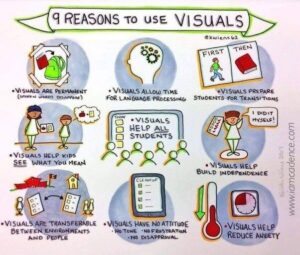
Things to consider when making or finding visual support
- Some children might find drawings hard to understand. Children go through the following stages of understanding with objects and pictures. You may need to go back a step if the child you are supporting doesn’t seem to understand the pictures you are using. Remember we all have access to boardmaker!

- Keep language simple: Even when you are using visual support, it is important to keep your language at a level that the child can understand. Use gesture and stress key words that the child needs to hear to understand. Try and use similar language each time you use the visual support, and make sure that all staff are using the same words when they talk with the child.
- Consistency is key: as a team, think about how you will use the visual support to support the child. It is no use half the staff using it and the other half ignoring it. For it to be really effective it has to be used consistently.
- Persevere: it might not work straight away. Sometimes children will take a while to understand how the visual support works, but once they are familiar with it, they are likely to find it invaluable for understanding their day in their early years establishment.
By Emma Morton (Home Visiting Teacher)
References and further useful information
Children’s rights – Human rights – gov.scot (www.gov.scot)
Getting it right for every child (GIRFEC) – gov.scot (www.gov.scot)
Guide to Visual Support for Early Years Practitioners (justonenorfolk.nhs.uk)
Speech and Language Ayrshire Resources (nest.scot)
Speech and Language Therapy in East Ayrshire #Gettingweepeoplechatting | Kilmarnock | Facebook
Voice of the Infant: best practice guidelines and infant pledge – gov.scot (www.gov.scot)
East Ayrshire – Steps to Participation

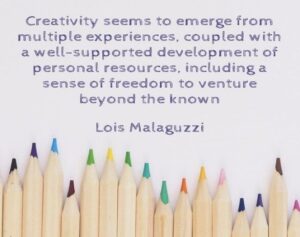
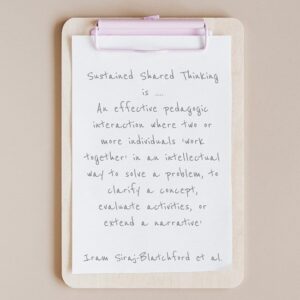
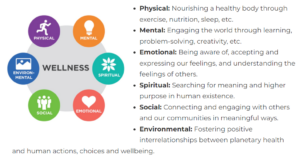
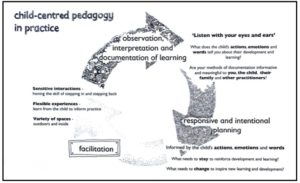
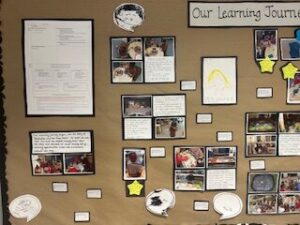
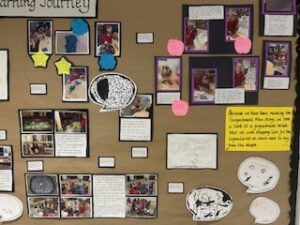
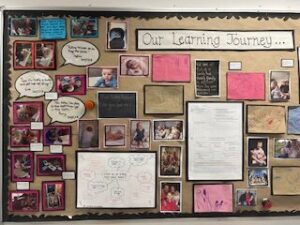
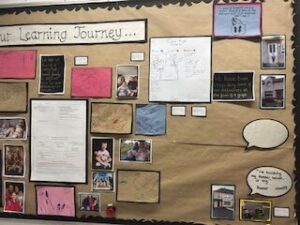
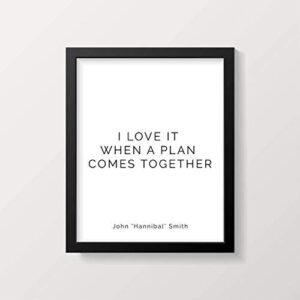
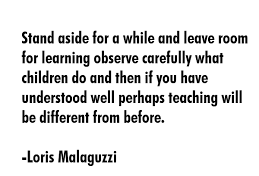
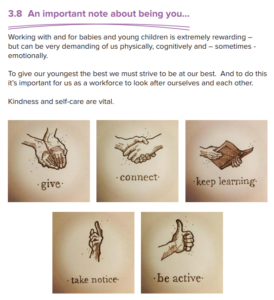
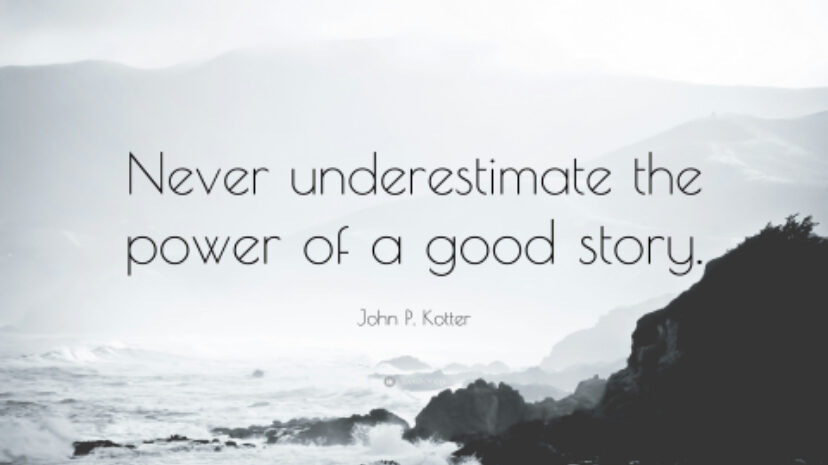
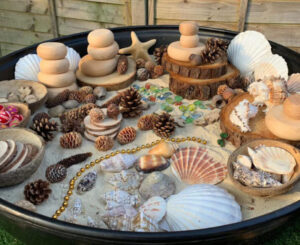
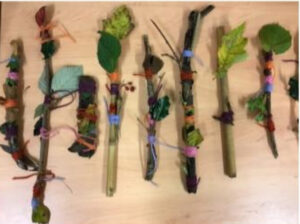
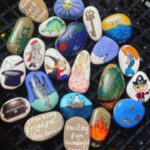
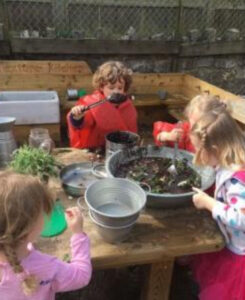
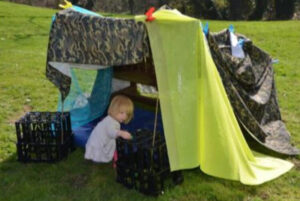
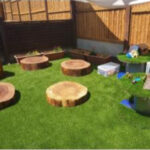
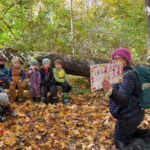 Reading to children can also be incorporated into woodland days, as a way to engage and introduce children in a theme of learning or as a calming ‘closing’ experience of a session.
Reading to children can also be incorporated into woodland days, as a way to engage and introduce children in a theme of learning or as a calming ‘closing’ experience of a session.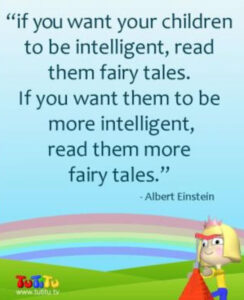
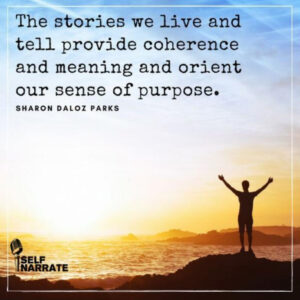
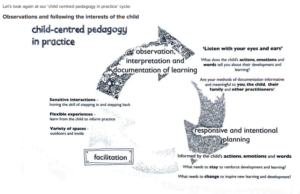
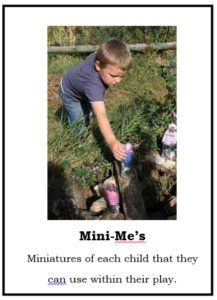
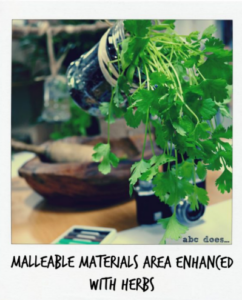
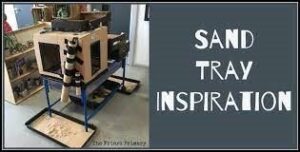
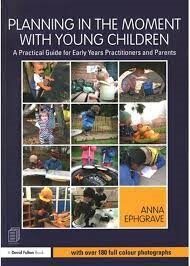

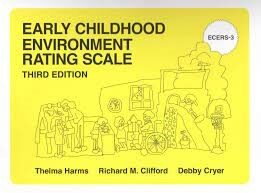
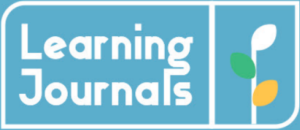
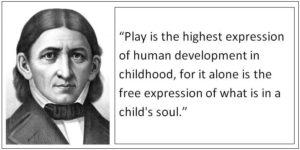 The ‘Lived Stories’ approach involves narrative observations that are addressed directly to the child. With the idea these observations are shared and discussed with the child.
The ‘Lived Stories’ approach involves narrative observations that are addressed directly to the child. With the idea these observations are shared and discussed with the child.
